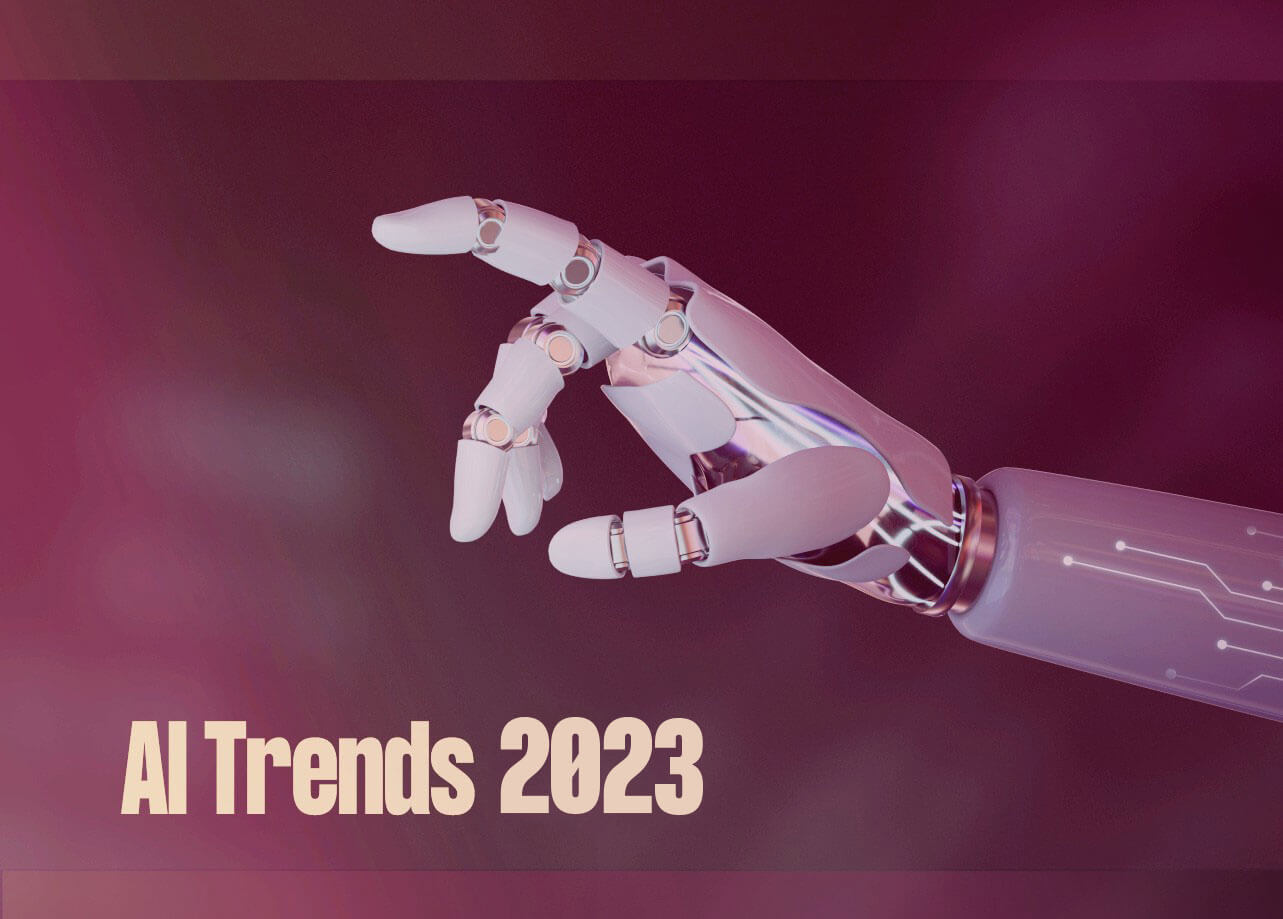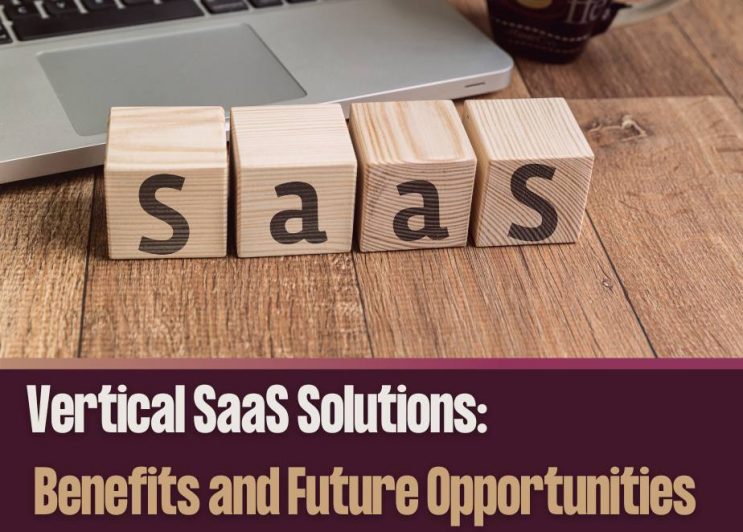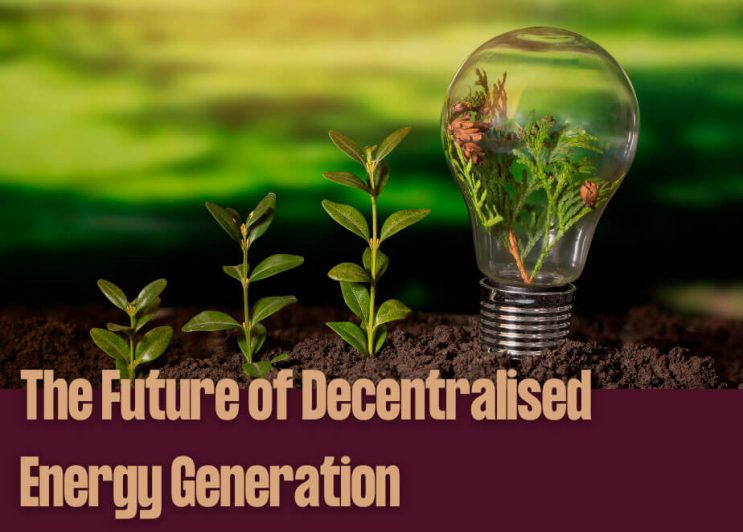Artificial Intelligence – 5 Trends in 2023

Introduction
With artificial intelligence and machine learning increasingly becoming a part of our everyday life, the AI revolution going mainstream within “months” compared to the decades it took for the internet or mobile technologies to be broadly used worldwide and we may be at the start of a completely new set of technology emerging.
The Covid pandemic and the challenging economy since 2020 accelerated the development of some technologies to address supply chain disruptions, labor shortages, and business operation costs. Artificial Intelligence (AI) has emerged as one of the solutions to the economic and pandemic uncertainties that businesses continue to face today.
In 2023, projections show that governments and private companies will spend over $500 billion on AI globally. AI solutions will be adopted for a range of tasks from virtual assistants and chatbots to self-driving cars and industrial automation. The advantages of artificial intelligence to businesses include improving efficiency, facilitating automation, reducing costs, and enabling differentiation for competitive advantage.
A report by PwC projects that the application of AI to businesses could unlock up to $15.7 trillion globally, making AI the biggest technological opportunity in today’s digital economy. AI comes with over 300 use cases in almost all industries and sectors. ChatGPT AI is already sending shockwaves around the world as it demonstrates the power of natural language processing models built on AI. Besides ChatGPT, several other AI breakthroughs are expected throughout 2023. In this article, we examine the top 5 AI trends to expect in 2023.
Top 5 AI Trends in 2023
1. Growth of Generative AI
The AI-powered chatbot, ChatGPT, came out on the 30th of November 2022, and gained over 1 million users in less than 1 week. It is just one example of a generative AI tool.
Generative AI tools replicate the human skill of creativity and transform existing data and information into new content. Currently, the top 2 models of generative AI are GPT-3, which runs ChatGPT, and DALL-E 2 which creates new images based on natural language description. More Generative AI solutions with various ‘text-to-x’ capabilities will continue to emerge in 2023 while existing ones will be refined further. For example, GPT-4 is due to launch and will have several advantages over the prior GPT-3 version. OpenAI says GPT-4 will be smarter than GPT-3 and will not depend much on text prompting to generate new content. This means the newer GPT version will write more creative social media posts for online marketing campaigns than GPT-3. Generative AI solutions will continue to evolve beyond ChatGPT and Dall-E 2. More visual, audio, code, and text generators like MurfAI, an AI audio generator that launched in early 2023, and PyCharm, a code generator that launched in December 2023, will emerge. Therefore, generative AI solutions will increase while their capabilities will be refined further through 2023.
The use cases may expand beyond marketing and revolutionise the media industry and filmmaking. Creating avatars in the metaverse and augmented potential for special effects are just a few examples of how it can evolve. Generative AI will be a major transformational force augmenting our intuitive creativity to accommodate various business purposes.
2. Development of Powerful AI Hardware
Advancement and refinement of AI tools and capabilities rely heavily on hardware sophistication. Leading hardware developers including Nvidia, Intel, and IBM will race to develop the most advanced supercomputing GPU systems to fuel breakthroughs in machine learning and artificial intelligence. The feasibility and commercial success of AI models and tools depend on hardware performance and scalability. Smarter and faster AI models and tools are built on supercomputing hardware that allows faster and more scalable iteration for both training and inference. AI will even accelerate the development of quantum computing. IBM and Google Quantum AI are among the leading developers of quantum computing hardware to unlock the full value of artificial intelligence. Google Quantum AI has already launched Foxtail, Bristlecone, and Sycamore as the leading quantum computing processors for faster iteration of AI algorithms. Similarly, IBM already launched its Quantum System One processor to accelerate AI modeling and is working on developing a more powerful Quantum System Two to usher in the next stage of quantum computing. Deeper and wider applications of artificial intelligence will push hardware developers to speed up their research and development efforts to ensure they supply the right processing power needed to run powerful AI systems. The race for supercomputing in 2023 will even encourage partnerships among hardware developers. In 2022, Nvidia and Siemens signed a partnership that allows the two companies to jointly develop better hardware tools to enable the adoption of AI-driven digital twin technology within the manufacturing industry. More similar partnerships to accelerate the hardware aspect of AI will be witnessed in 2023.
3. AI Transition continues
AI transition involves the open-source policy of making AI models and tools available to anyone, including those with limited knowledge of AI. (Bernard Marr & Co). Development of Artificial Intelligence models and tools often requires expert-level knowledge, immense computing power, and resources including money. Such requirements are out of reach to individuals and small businesses with interests in building AI solutions. Fortunately, leading AI developers like Google, IBM, and Microsoft are democratizing AI by availing user-friendly support and resources to enable the wider uptake of AI by the general citizens. For example, Google has democratised its Vertex AI Vision. Vertex AI Vision is an AI-powered cloud platform that allows individuals to build and deploy AI-based computer vision applications that ingest, analyse and store video data. What makes Google’s Vertex even more democratic is that it is a no-code platform that comes with pre-built algorithms and intuitive interfaces that allow even individuals with no prior knowledge of coding to build and deploy AI Vision models. Microsoft has also joined in the AI democratization movement by availing its high-performance cloud computing platform, Microsoft Azure. Azure is a public cloud computing platform that allows individuals and businesses to develop, run, and manage AI-powered applications on the cloud for free. Other AI leaders like OpenAI have also adjusted the technology by opening up their API. It is now available for anyone wishing to build and deploy AI tools using AI models developed by OpenAI like DALL-E and GPT. Overall, 2023 will witness further democratization of AI resources and support systems for people to build AI applications.
4. Expansion of Explainable AI and Data Ethics
We expect the debate on Explainable AI (XAI) and data ethics to intensify as more and better AI models and tools emerge. Artificial Intelligence technology can be either good or bad depending on its use. For example, an AI-powered self-driving car can be trained ethically to apply brakes and avoid hitting a person crossing the road, or trained unethically and maliciously to drive into crowds or knock down people deliberately. Explainable AI means transparency and accountability in AI models and the data used to train them. (AI4Good). Even in the absence of malice and criminal use, AI models and tools still need to be free from bias, while accountability should be guaranteed when built-in bias in AI models and tools inconveniences users.
For example, a customer may feel discriminated against if an AI system used for loan approval declines to approve a loan on sensitive grounds like racial background or income level. One side is pushing for full transparency and explainable AI models while another side is okay with unexplainable AI models and tools as long as they are fair and correct in executing tasks intended to execute. Notable figures like Elon Musk have already cautioned that ‘with Artificial Intelligence, we are summoning the demon’ meaning that AI could eventually evolve to become super intelligent and malicious as to control and harm humans. Leading AI companies like IBM are already addressing the issue of explainable AI with tools that debug AI systems and models that are easily interpretable. IBM is also working on AI models integrated with visual neural network information flows to help in explaining the process of training and functioning (IBM). Overall, 2023 will deepen and widen the discussion on whether AI could one day turn against us, humans.
5. Augmented Workforce
Artificial Intelligence will displace up to 85 million jobs globally by 2025, and this may start in 2023. However, what is certain regarding AI and the workforce in 2023 is that humans will be working alongside AI tools. AI-powered virtual assistants will become commonplace. Customer service agents in call customer centers will be working with more sophisticated virtual agents this year. Workers on the factory floor will be working with AI-powered robots in their daily tasks.
Humanoid robots are already used by Tesla in its Giga factories under the Tesla Bot program. Elon Musk launched the prototype version of the advanced Tesla Optimus robot during Tesla AI Day 2022. It will be production-ready in 2023 and will retail at less than $20,000. Therefore, AI-powered robots will become commonplace in factories, retail settings, and warehouses doing repetitive tasks.
In addition, AI-based augmented reality (AR) and virtual reality (VR) glasses and headsets will become common in workplaces to augment tasks. Blue Origin, Unity Technologies, Lockheed Martin, and Eaton Corporation are examples of companies already using Microsoft HoloLens Mixed Reality (MR) glasses for a range of tasks including speeding up onboarding and upskilling of workers (Microsoft). Lockheed Martin has reduced downtime and improved the efficiency of its assembly lines by 90% since it adopted AI-based Microsoft HoloLens 2 glasses in late 2017. Overall, such AI-powered technologies used to augment working will become mainstream in 2023.
Conclusion
Overall, AI models trained to perform all kinds of tasks will diffuse rapidly this year, and hundreds of AI-based apps and platforms will mushroom everywhere. The open-source aspect of AI development and use will further refine the AI models and make resultant AI applications better at performing the intended tasks. By the end of 2023, the majority of businesses could have adopted at least one AI application for their routine tasks.
AI will be adopted and mainstreamed by both startups and existing companies alike, and will primarily be used to reduce operating costs, increase efficiency, and automate repetitive tasks.
Strathsquare is a seed stage project initiator that provides required resources to entrepreneurs and innovators. We are driven by a sense of urgency to transition away from unsustainable technologies and processes, we believe that what we do should have a genuinely positive impact on society and our environment.
If you have an innovative idea
We are committed to supporting innovators who have the potential to make businesses more sustainable and for all.


